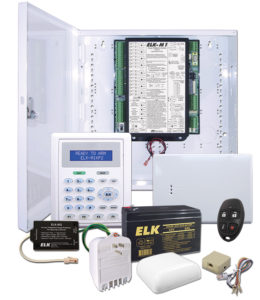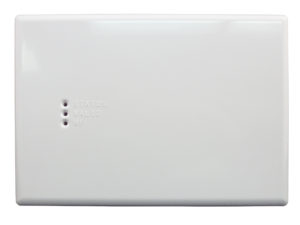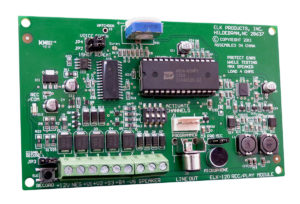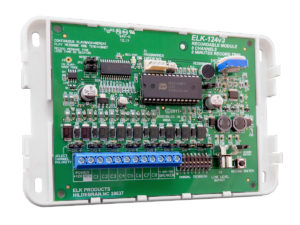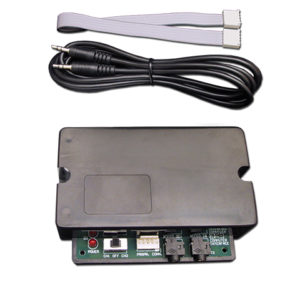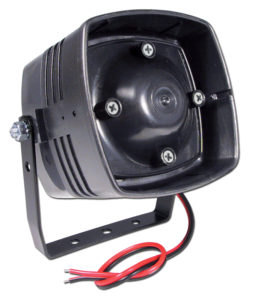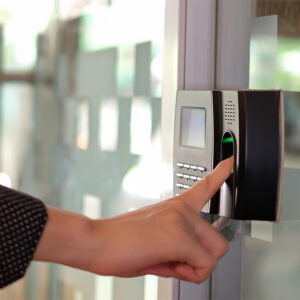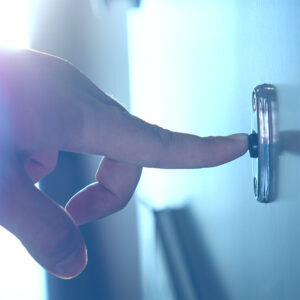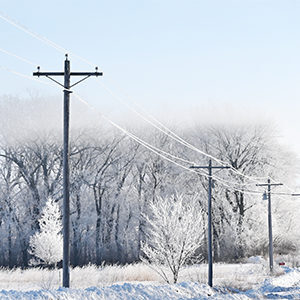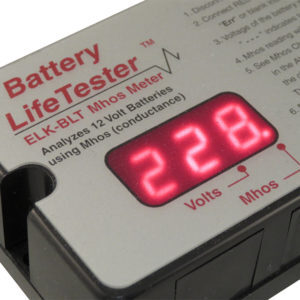
Application & Programming Notes
Outdoor motion detectors, like the ELK-6032 Two-Way Wireless All Environment PIR, are programmed as non-alarm zones in the M1 system. Rules are used to increment a counter to track the level of activity detected by the PIR sensors. Various voice announcements and lights are activated based on the changing counter value.
RULES PROGRAMMING
The programming examples below are for demonstration purposes only. Changes may be required to tailor the application to your customer’s needs.
In this example, two counters are used; counter 1 tracks activity, and counter 2 is used as a timer to reset the system. The first set of rules (Block A) increment counter 1 when any of the four PIRs are activated , but only if the system is armed. These rules also set counter 2 to a value of 180, which will represent three minutes of inactivity.
Rules activate custom voice messages when the counter reaches specific values (Block B). Other rules (Block C) are triggered only after dark to turn lights on throughout the home, giving the appearance of a person inside the home investigating the activity outside. The response is intensified as the counter value increases.
The last set of rules (Block D) are used to reset counter 1 when activity is not detected for three minutes. In the first set of rules (Block A), counter 2 was set to 180 every time motion was detected. For every second that all PIRs are in a normal state, a value of 1 is subtracted from counter 2. When counter 2 reaches 0, three minutes have passed with no activity and counter 1 is reset to 0.
CREATING A DELAY IN THE LIGHTING SEQUENCE
Turning multiple lights on at exactly the same time may not give the desired appearance. Delays can be created in the rules. In the example highlighted in yellow, a “phantom” output was used to create a 15 second delay in activation of two lights.
CUSTOM VOICES & SOUNDS
Voice messages can be easily configured using the extensive voice vocabulary of the M1. M1 also supports up to 60 seconds of custom recording to provide a personalized touch.
A
WHENEVER Front Door PIR (Zn 1) BECOMES NOT SECURE
AND Mountain Home (Area 1) ARM STATE = ARMED
THEN ADD 1 TO Outdoor PIRs (Counter 1)
THEN SET No Activity (Counter 2) TO 180
WHENEVER Porch PIR (Zn 2) BECOMES NOT SECURE
AND Mountain Home (Area 1) ARM STATE = ARMED
THEN ADD 1 TO Outdoor PIRs (Counter 1)
THEN SET No Activity (Counter 2) TO 180
WHENEVER Garage Door PIR (Zn 3) BECOMES NOT SECURE
AND Mountain Home (Area 1) ARM STATE = ARMED
THEN ADD 1 TO Outdoor PIRs (Counter 1)
THEN SET No Activity (Counter 2) TO 180
WHENEVER West Side PIR (Zn 4) BECOMES NOT SECURE
AND Mountain Home (Area 1) ARM STATE = ARMED
THEN ADD 1 TO Outdoor PIRs (Counter 1)
THEN SET No Activity (Counter 2) TO 180
B
WHENEVER Outdoor PIRs (Counter 1) CHANGES TO 2
THEN ANNOUNCE Miscellaneous 1 (vm239)
WHENEVER Outdoor PIRs (Counter 1) CHANGES TO 4
THEN ANNOUNCE Miscellaneous 2 (vm240)
WHENEVER Outdoor PIRs (Counter 1) CHANGES TO 6
THEN ANNOUNCE Miscellaneous 3 (vm241)
C
WHENEVER Outdoor PIRs (Counter 1) CHANGES TO 3
AND IT IS DARK OUTSIDE
THEN TURN Master Bedroom [4 (A4)] ON, FADE RATE = 0
WHENEVER Outdoor PIRs (Counter 1) CHANGES TO 5
AND IT IS DARK OUTSIDE
THEN TURN Living Room [2 (A2)] ON, FADE RATE = 0
THEN TURN Output 050 (Out 50) ON FOR 15 SECS
WHENEVER Output 050 (Out 50) STATE IS TURNED OFF
THEN TURN Foyer [7 (A7)] ON, FADE RATE = 0
THEN TURN Kitchen [1 (A1)] ON, FADE RATE = 0
WHENEVER Outdoor PIRs (Counter 1) CHANGES TO 6
AND IT IS DARK OUTSIDE
THEN TURN Outside Lights [8 (A8)] ON, FADE RATE = 0
D
WHENEVER EVERY 1 SECONDS
AND Front Door PIR (Zn 1) IS SECURE
AND Porch PIR (Zn 2) IS SECURE
AND Garage Door PIR (Zn 3) IS SECURE
AND West Side PIR (Zn 4) IS SECURE
AND No Activity (Counter 2) IS NOT EQUAL TO 0
THEN SUBTRACT 1 FROM No Activity (Counter 2)
WHENEVER No Activity (Counter 2) CHANGES TO 0
THEN SET Outdoor PIRs (Counter 1) TO 0

